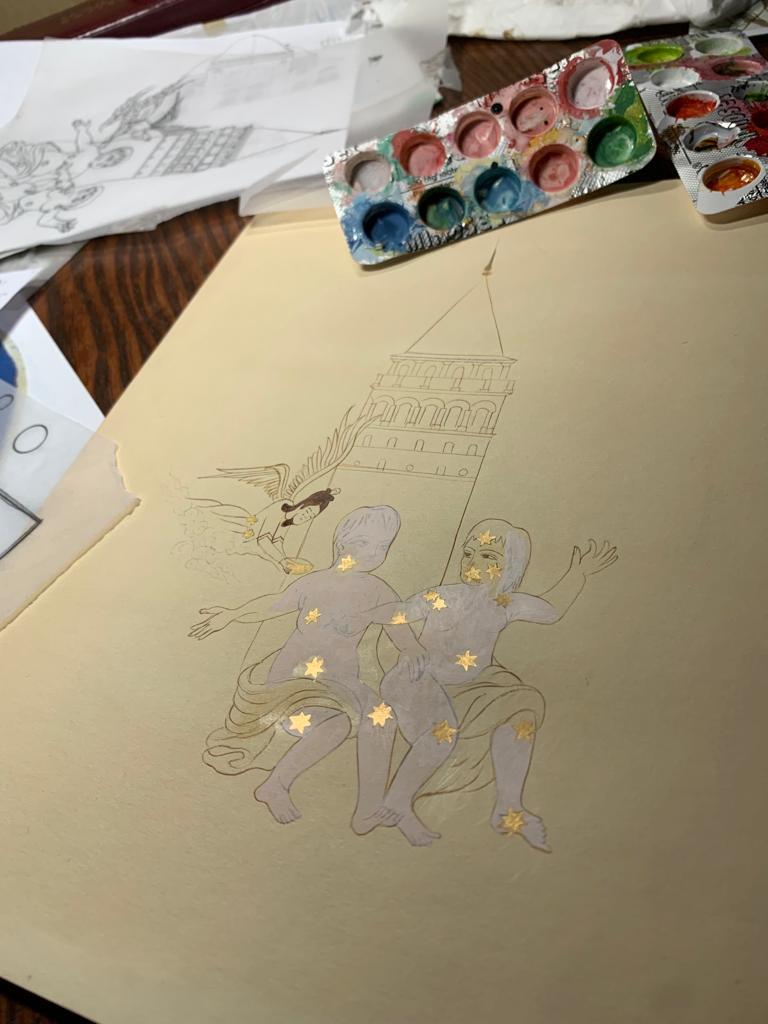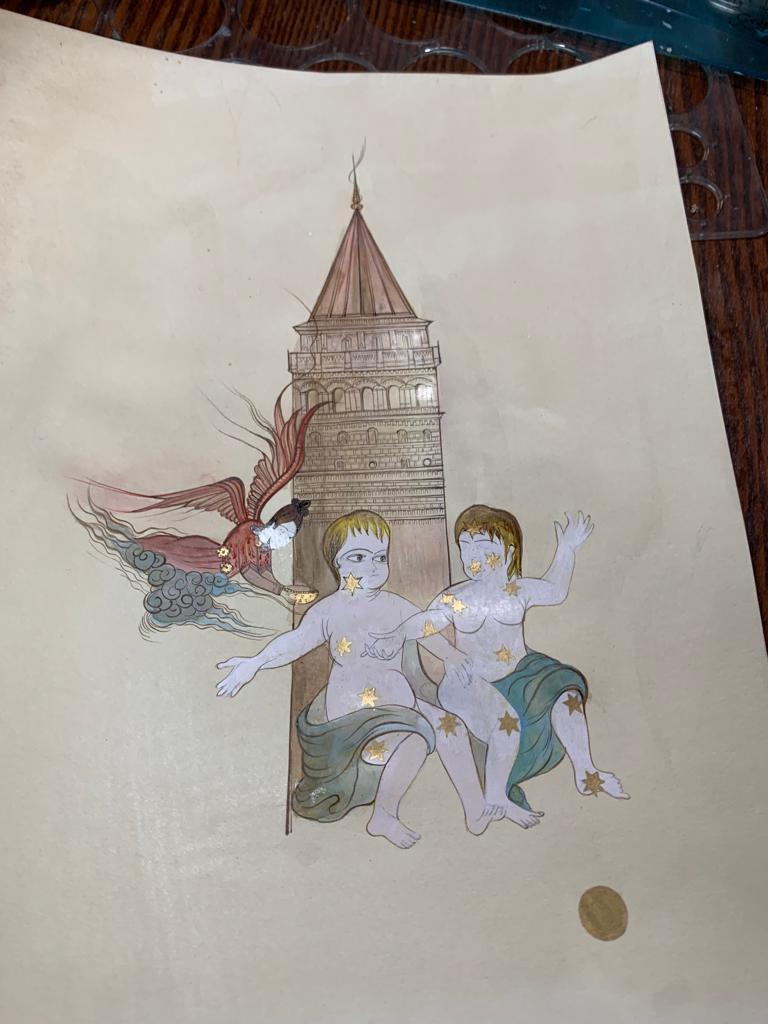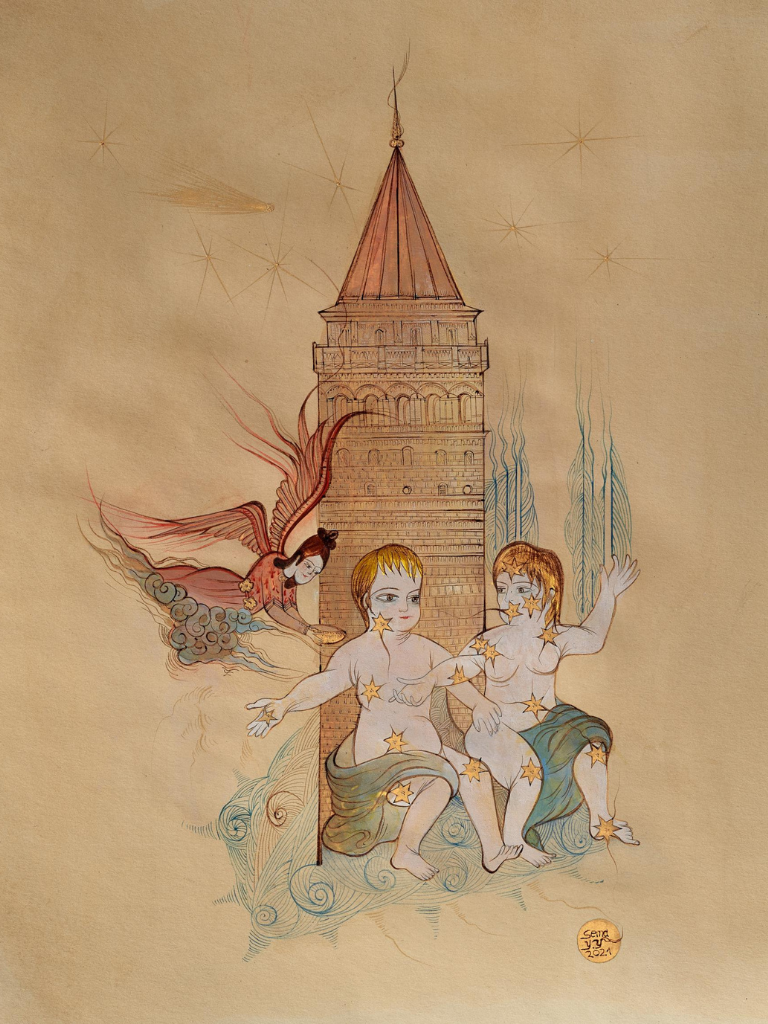Miniature
The term miniature is typically used to describe small-scaled paintings that are executed with a high degree of detail and finesse. The ability of miniature art to completely express the subject being discussed, is one of its key characteristics. Turkish miniatures are distinctively known for their use of abstract colour schemes that are simple, vivid, and devoid of shadows.
Turkish people mostly preferred to revisit their history in miniature art. This form of art was mostly used during the Ottoman Empire to describe the wars, expeditions and festivals. While this attribute of Turkish miniatures enables us to follow the culture and traditions of the period, the customs and clothing, as well as Ottoman Turkish history have reciprocally endowed each of these works a value of historical document. In terms of visual art medium, the Ottoman miniatures have a prominent place in Islamic book art and also gained value by being a source of inspiration for Turkish painting following the Republic. In addition, the creation of visual documents is used in many researches in history, sociology, cultural history and other academic fields.
Materials used
Miniatures were mostly made on paper, ivory, Indian paper, parchment and charcoal paper. Aharlı paper is made of materials such as starch, egg white, tragacanth, superfine gum and gum Arabic.
After drawing a pattern on the sketch and closing the gaps between the lines, the miniature is completed by making fine details such as hair, beard, face, folds of the dress, ornaments on the dress, gold embroideries, tree and flower with Chinese ink.
You may see some photos demonstrating stages and outlines.
Please note that all the sketches below belong to the our artist Sema Yurtseven.



